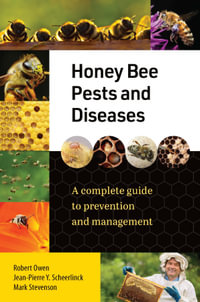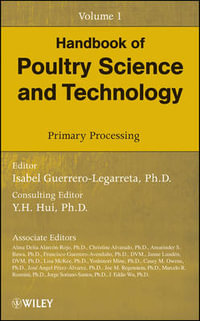
At a Glance
Paperback
RRP $80.95
$53.90
33%OFF
or
Aims to ship in 5 to 10 business days
ISBN: 9780199928477
ISBN-10: 0199928479
Published: 26th July 2012
Format: Paperback
Language: English
Number of Pages: 232
Audience: Professional and Scholarly
Publisher: Oxford University Press USA
Country of Publication: US
Dimensions (cm): 23.39 x 15.6 x 1.25
Weight (kg): 0.34
Shipping
| Standard Shipping | Express Shipping | |
|---|---|---|
| Metro postcodes: | $9.99 | $14.95 |
| Regional postcodes: | $9.99 | $14.95 |
| Rural postcodes: | $9.99 | $14.95 |
How to return your order
At Booktopia, we offer hassle-free returns in accordance with our returns policy. If you wish to return an item, please get in touch with Booktopia Customer Care.
Additional postage charges may be applicable.
Defective items
If there is a problem with any of the items received for your order then the Booktopia Customer Care team is ready to assist you.
For more info please visit our Help Centre.
You Can Find This Book In
This product is categorised by
- Non-FictionScienceBiology, Life SciencesLife Sciences in GeneralEcological Science
- Non-FictionMedicineOther Branches of MedicinePathologyMedical Microbiology & Virology
- Non-FictionMedicineMedicine in GeneralPublic Health & Preventive MedicineEpidemiology & Medical Statistics
- Non-FictionScienceBiology, Life SciencesZoology & Animal SciencesAnimal Pathology & Diseases
- Non-FictionMedicineClinical & Internal MedicineDiseases & DisordersInfectious & Contagious Diseases
- Non-FictionScienceBiology, Life SciencesZoology & Animal SciencesZoology & InvertebratesInsects & Entomology
- Non-FictionScienceBiology, Life SciencesMicrobiology excluding MedicalParasitology excluding Medical
























